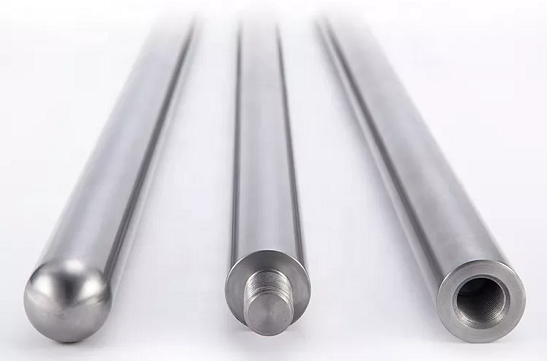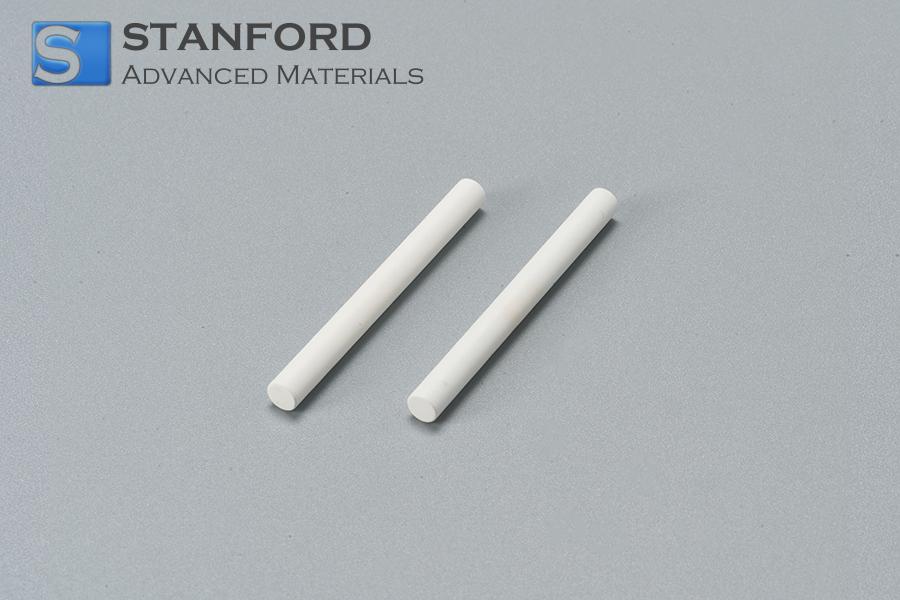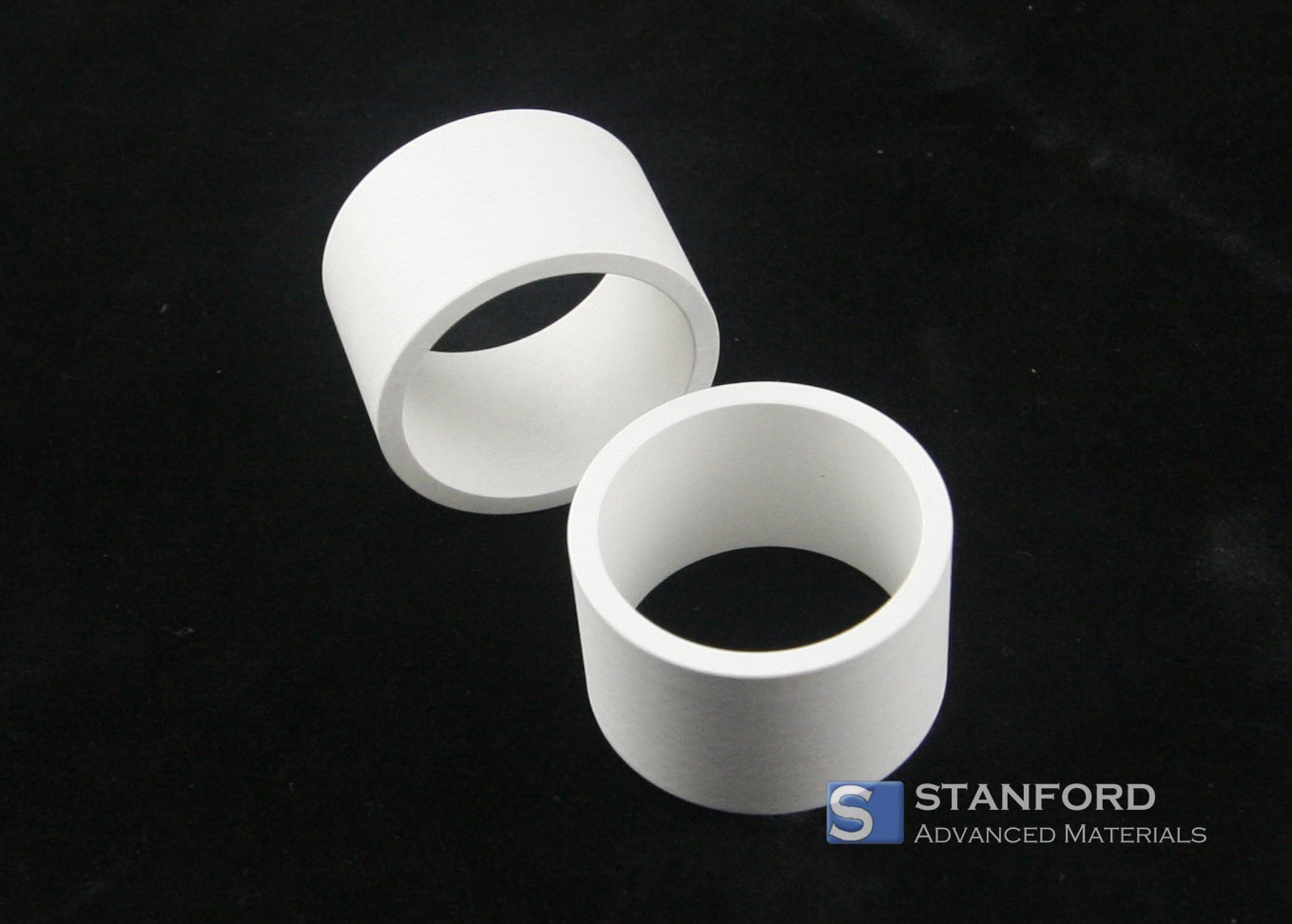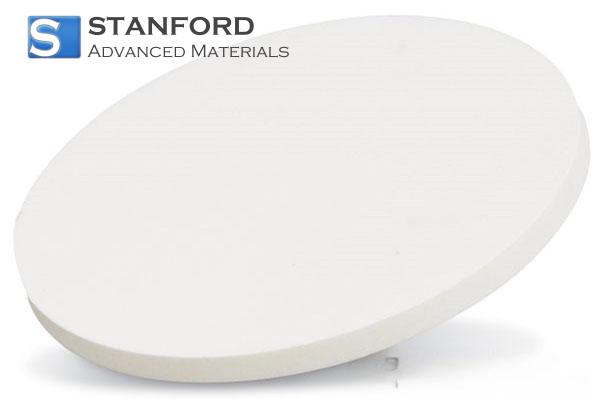Production Method Of High-Purity Molybdenum Electrode
The primary component of the Molybdenum electrode is Molybdenum. It exhibits high resistance to elevated temperatures, good oxidation resistance at high temperatures and an extended service life. Consequently, it is used in everyday glass, optical glass, insulation materials, optical fibres, in the rare earths industry and in other sectors. This article details a new production method for high-purity Molybdenum electrodes.

Production method for high-purity Molybdenum electrodes
Currently, two processes are used to manufacture Molybdenum electrodes, namely the melting process and the powder metallurgy process. The Molybdenum electrode produced by the melting process achieves a high purity and a nitrogen and oxygen gas content of less than 10 ppm. However, the production cost is high and it is restricted to specific applications. The electrode produced by powder metallurgy is cost effective; however, the carbon and oxygen content is higher than acceptable for the optical fibre industry.
Accordingly, this article presents a new manufacturing process for high-purity Molybdenum electrodes. The steps are as follows:
(1) Molybdenum powder (with a mass purity of 99.9%), a particle size of 2.5 µm–4.0 µm and an oxygen content between 400 ppm and 600 ppm is first compressed into a Molybdenum block. The block is then placed in a resistance sintering furnace and presintered under a vacuum or a reducing atmosphere (hydrogen). The presintering process is conducted as follows: initially, the block is heated and presintered from room temperature to 1200°C for 4 hours, followed by a period of heat retention; subsequently, it is heated and presintered from 1200°C to 1350°C for 1–2 hours, with an additional heat retention phase lasting 2–4 hours.
(2) The presintered Molybdenum block is transferred into a medium frequency induction furnace and sintered under a hydrogen atmosphere to produce a Molybdenum electrode with a mass purity exceeding 99.99%. The sintering process is performed as follows: initially, from room temperature the block is heated and sintered for 1–2 hours until reaching 1500°C, with a subsequent hold at this temperature for 1–2 hours. Thereafter, the temperature is increased over 1–2 hours from 1500°C to 1750°C and maintained for 2–4 hours, followed by a further increase over 1–2 hours from 1750°C to between 1800°C and 1950°C and held for 4–6 hours.
The advantages of this production method compared with existing technologies are:
(1) The carbon and oxygen content in the product is less than 10 ppm.
(2) The process is uncomplicated. Production costs are reduced, production efficiency is increased, metal loss is minimal and overall yield is high. Consequently, a large number of electrodes with varying specifications can be manufactured rapidly.
Conclusion
Thank you for reading this article. It is intended to provide a clearer understanding of the new production method for high-purity Molybdenum electrodes. For further information on Molybdenum electrodes, please visit Stanford Advanced Materials (SAM).
Stanford Advanced Materials (SAM) has over two decades of experience in the manufacture and distribution of Molybdenum electrodes, Molybdenum tubes and Molybdenum powder. SAM supplies customers with Molybdenum products that comply with specific research and production specifications. SAM is a supplier and partner for Molybdenum products.

 Bars
Bars
 Beads & Spheres
Beads & Spheres
 Bolts & Nuts
Bolts & Nuts
 Crucibles
Crucibles
 Discs
Discs
 Fibers & Fabrics
Fibers & Fabrics
 Films
Films
 Flake
Flake
 Foams
Foams
 Foil
Foil
 Granules
Granules
 Honeycombs
Honeycombs
 Ink
Ink
 Laminate
Laminate
 Lumps
Lumps
 Meshes
Meshes
 Metallised Film
Metallised Film
 Plate
Plate
 Powders
Powders
 Rod
Rod
 Sheets
Sheets
 Single Crystals
Single Crystals
 Sputtering Target
Sputtering Target
 Tubes
Tubes
 Washer
Washer
 Wires
Wires
 Converters & Calculators
Converters & Calculators
 Write for Us
Write for Us





 Chin Trento
Chin Trento



